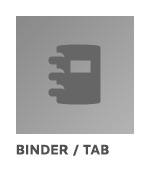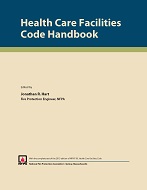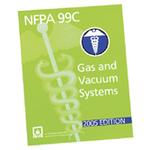Description
Mitigate hazards with specialized knowledge. Update to the 2013 NFPA 400 for the latest safety requirements for dangerous substances.
NFPA 400: Hazardous Materials Code consolidates all the fire and life safety requirements applicable to handling, storage, and use of hazardous materials into one single comprehensive resource.
- Includes requirements on oxidizers, organic peroxides, pesticides, and ammonium nitrate based upon requirements from prior edition, stand-alone documents — NFPA 430, NFPA 432, NFPA 434, and NFPA 490 respectively.
- Contains additional material categories, such as unstable/reactive substances, toxic and highly toxic, and flammable solids.
- Establishes threshold quantities of each material that can be stored, handled or used before additional fire and life safety measures become necessary based upon type of occupancy, whether storage is inside or outside, and type of container.
- The recent promulgation of the revised OSHA rule on Hazard Communication which adopts and incorporates the Globally Harmonized System (GHS) for chemical hazards emphasizes identification, classification, and labeling of hazardous materials. NFPA 400 provides a hazard identification and classification scheme that is consistent with the hazards in GHS.
Changes in the 2013 edition include:
- New Section 15.2 and new Annex G on Oxidizer Classification were added based on research by the Fire Protection Research Foundation that evaluated present and proposed test methods with the goal of coordinating with the global hazard classification test methods. Use of the new test method allows Code users to determine what the oxidizer classification is so an appropriate storage scheme can be determined according to NFPA 400 and fire and building codes.
- The Maximum Allowable Quantity (MAQ) tables in Chapter 5 are updated based on changes in fire and building codes.
- Revised requirements for MAQ and storage in Chapter 21 based on changes in NFPA 55: Compressed Gases and Cryogenic Fluids Code ensure that the materials are evaluated consistently between building and fire codes and for the various occupancies.
In addition, editorial changes improve both consistency and usability for facility owner/operators, including manufacturers, distributors, or recycling and waste handling), enforcers (AHJ), and insurance professionals.
Product Details
- Published:
- 06/18/2012
- ISBN(s):
- 9781455904273
- ANSI:
- ANSI Approved




